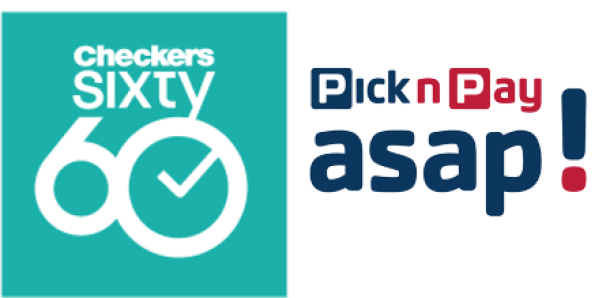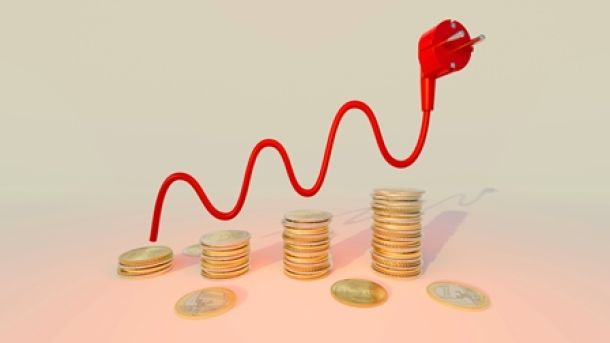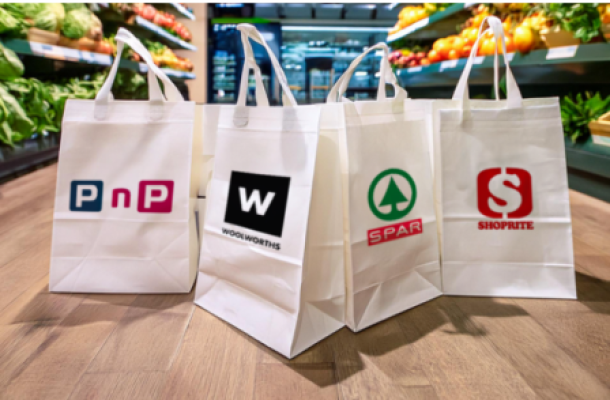Bottled water grows in volume and value in 2017
South Africa's bottled water category continued to grow in both volume and value for 2017, according to a recent report released by BMi Research.
The category volume growth may be attributed to the following factors:
• Severe drought conditions led to shortages of water in some regions of the country. Consumers were forced to purchase more bottled water for drinking and household use.
• An increase in promotional and marketing activities. It is hypothesised that an increase in product awareness naturally leads to greater usage.
• An increase in health awareness through marketing following the recent publicity around the sugar tax. It is surmised that the bottled water category is taking volume share from alternative beverages that are perceived to be less healthy.
• Shifts from other non-alcoholic beverage categories that are higher priced compared to bottled water, particularly as consumer spending remains under pressure.
Water crisis in Western and Eastern Cape
While the Western Cape has received most of the focus during the water crisis, the Eastern Cape faced a similar issue, says BMi Research. A primary economic driver for the Eastern Cape is agriculture, with citrus‚ vegetables‚ watermelons and maize being the main crops. Due to the drought in certain parts of the province, there have been job losses in the region and population movements to other regions.
Given the pressure that this has placed on the economy, bottled water consumption may not have been as high as expected. However, the key metropolitan regions, which include Gauteng, KwaZulu-Natal and the Western Cape, collectively accounted for the majority of the category’s regional volume share.
It is noted that these regions combined, contribute to the majority of South Africa’s GDP. The Western Cape experienced the largest percentage growth year-on-year followed by the Northern Cape. The volume increases seen for both of these regions were driven by the larger pack format of bottled water.
Exports of bottled water experienced a much higher percentage of growth compared to alternative channels, as destination countries approved SANBWA’s standards for water.
News Category
- International retailers
- On the move
- Awards and achievements
- Legislation
- Wine and liquor
- Africa
- Going green
- Supplier news
- Research tools
- Retailer trading results
- Supply chain
- Innovation and technology
- Economic factors
- Crime and security
- Store Openings
- Marketing and Promotions
- Social Responsibility
- Brand Press Office
Related Articles

Checkers Sixty60 wipes floor with Pick n Pay As...

Top tips for consumers to combat escalating ele...

Clear winner in South African retail battle

Drinks survey reveals Rooibos as a top choice a...


